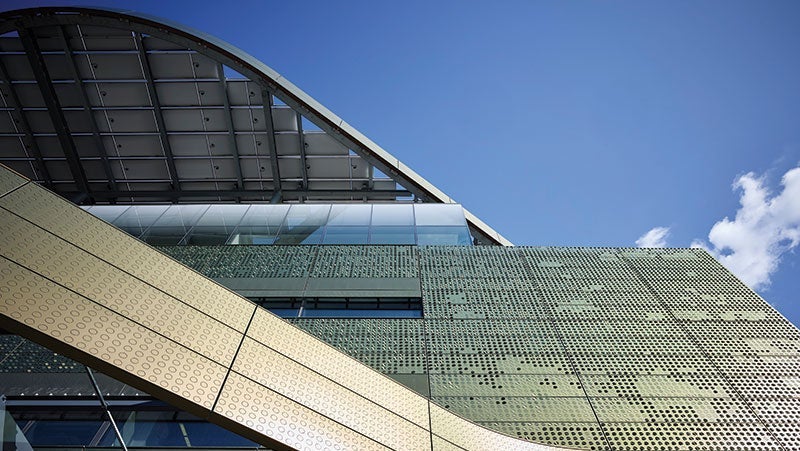Did you know that, according to Architecture 2023©, buildings are responsible for nearly 50% of global greenhouse gas emissions and consume between 25% to 40% of the world's total energy?
With urbanization accelerating and energy demand rising exponentially, the building and construction industry faces an urgent need to adopt sustainable, energy-efficient solutions that reduce carbon footprints and mitigate climate change. Cool coating technologies have been among the most promising developments to address these challenges within the last few decades.

What Are Cool Coatings and How Do They Work?
Cool coatings technologies incorporate infrared (IR)-reflective pigments.
These pigments are engineered to reflect a significant portion of the sun’s infrared energy, which accounts for about 45% of solar radiation [*]. Unlike standard coatings that absorb most of this heat, cool coatings reflect it, reducing surface temperatures.
While a standard black pigment has a total solar reflectance (TSR) value of about 5%, a black IR-reflective pigment reflects about 50% of infrared energy, increasing the TSR to the 25-30% range [*].
Cool coatings also shed absorbed heat more quickly, helping surfaces stay cooler throughout the day. This technology is commonly applied to roofing, wall panels and metal building components, significantly lowering building temperatures and reducing the energy required for air conditioning.
The Environmental and Economic Benefits of Cool Coatings
Reducing Urban Heat Islands
Urban areas often experience the Urban Heat Island (UHI) effect, a phenomenon where city temperatures are 1-7°F (0.55-3.85°C) higher than surrounding rural areas during the day, and up to 5°F warmer at night [*]. This is due to several contributors like heat-absorbing surfaces like concrete and asphalt, limited vegetation and dense populations and all the traffic and infrastructure that comes with it. Cool coatings help mitigate UHI by reflecting solar heat, reducing the demand for air conditioning, lowering energy costs, and decreasing smog and ozone pollution. This contributes to healthier and safer urban environments.
Extending Building Lifespan
Cooling is essential, but the ability of these pigments to help substrates withstand exposure and extend longevity are also critical. The specific chemical properties of IR pigments helps to prevent:
- Corrosion
- Warping
- Thermal expansion
- Polymer degradation
This protection extends the life cycle of roofing and metal components, lowering maintenance costs and waste.
Energy Savings and Cost Efficiency
According to the U.S. Department of Energy, conventional roofs can reach temperatures of 150°F (66°C) on hot sunny days, while reflective roofs coated with cool coatings can be up to 50°F (28°C) cooler. This temperature difference translates into significant energy savings.
A study cited by the Environmental Protection Agency found that cool roofing delivers an average yearly net savings of nearly 50 cents per square foot compared to standard roofing, even when accounting for higher material costs and winter heating penalties.

